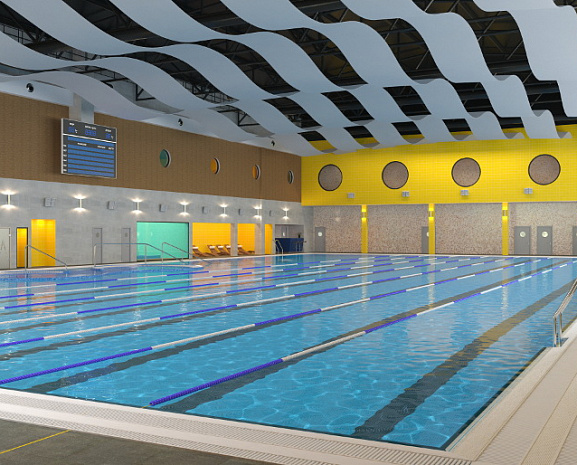
What to Add to the Pool For Disinfection
Chlorine is an important chemical that is commonly added to swimming pools. It is a basic building block of matter and is naturally present in water. Adding a sanitizer is the second line of defense against disease-causing microorganisms. While chlorine kills bacteria and fungi, it is ineffective against some types of pathogens. However, many people prefer a combination of chlorine and UV to kill even the most stubborn of pathogens.
There are several types of pool disinfectants, including liquid and tablets. These are both effective at killing harmful bacteria and protozoans but they aren’t long-lasting on a shelf or in a shed. For longer-lasting results, you can also use granules or tablets. These products have longer shelf lives and can last much longer. If you’re worried about keeping a large supply of pool disinfectant on hand, you can buy tablets or granules.
In addition to chlorine, you can also add bromine to your pool. It works similarly to chlorine but is more expensive. Buying a bottle of bromine for your pool can save you hundreds of dollars over time. However, bromine doesn’t smell as strongly as chlorine does and is less irritating to the eyes. It’s worth noting that chlorine has better oxidation abilities. When comparing the two, it’s clear that chlorine is the better choice.
A good disinfectant that is effective against bacteria and protozoans is sodium chloride. You can purchase this over-the-counter or from an aquarium store. It’s important to note that salt is the most common form of chlorine used in swimming pools. It can’t be purchased in stores, so it’s important to buy pure pool salt. If you’re unsure about which type of salt to choose, try a small amount at a time to avoid over-doing.
Unlike table salt, pool salt is 99.8% pure. It doesn’t contain anti-clumping agents and does not go through the same iodization process as table sea salt. It is more effective at killing bacteria and other contaminants than ordinary table and ocean salt. Its efficiency depends on how it is used. A primary sanitizer is chlorine, while a secondary sanitizer may be ozone or UV.
Named ways to disinfect the pool
The other method of disinfection is through bromine. This is similar to chlorine, but it’s much more expensive. But it’s worth considering that it’s worth the cost if you’re using it for a long time. Additionally, it doesn’t smell as strongly and is less irritating to the eyes, unlike chlorine. But it’s important to remember that chlorine is the better option when it comes to disinfection.
When it comes to disinfection, you’ll need to decide whether to use chlorine liquid or granules. Liquid is a fast-acting solution and will not last very long in the pool. Therefore, a good solution for this problem is a chlorine tablet or granule. The tablets and granules are more durable and will last longer. Alternatively, you can use a combination of these two methods.
To disinfect the water, you need to add chlorine or bromine. Both chemicals are effective at killing harmful microbes, but the more expensive ones are more costly. In the long run, a few dollars spent on chlorine can save you hundreds of dollars. In addition, bromine does not have the same effect as chlorine on the eyes, and it’s less irritating. But both chemicals are effective in disinfecting the water.
The main purpose of chlorine is to kill pathogens. In the short term, it kills bacteria and protozoans. In the long term, it prevents algae and other diseases. While chlorine is a fast-acting solution, it won’t keep well in the pool’s storage shed. It’s better to opt for the salt-based method. The salt-based method uses sodium chloride that regenerated in the water and injected into the water.